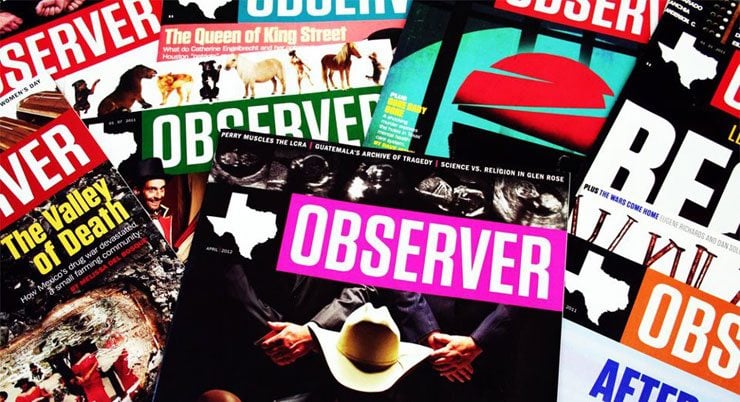
- Select a language for the TTS:
- UK English Female
- UK English Male
- US English Female
- US English Male
- Australian Female
- Australian Male
- Language selected: (auto detect) - EN
Play all audios:
That cynical question is occasioned by Black and White and Rules of Engagement, two current films which dance about the questions of race and power like tourists in an unscheduled country,
gingerly attempting the local cuisine. The tastes seem somewhat different: at first glance, James Toback’s Black and White is (as its title trumpets) all about Race, and William Friedkin’s
Rules of Engagement is just another military courtroom drama with a backdrop of brutal combat, heroic soldiers, and traitorous civilians. But in the end both films establish the time-honored
melodramatic pattern: the white folks drop in on the foreigners, borrow a few exotic props and tempestuous community emotions, make a big mess and leave — shaking their heads in puzzled
astonishment, but certainly better for the experience. No wonder the locals want to charge admission.
Black and White gives the impression of addressing race questions head on, its ostensible subject the seemingly puzzling popularity of black hip-hop culture — especially hard-core
gangsta-rap music — among white teenagers. But after a few moments of the director’s flamboyantly staged shock-video intro — a sleazily calculated tableau of interracial sex, guns, and
voguing in the middle of Central Park — it becomes apparent that Toback’s white specimen children are in fact offspring of that very peculiar and miniscule tribe, the staggeringly wealthy
denizens of Upper West Side Manhattan. Very nice folks, I’m sure, but about as representative of get-down white America as Mike Tyson (a featured player here, as himself) is representative
of Ordinary Black Folks. Tyson is joined by Brooke Shields and Robert Downey Jr. (as a clueless documentary filmmaker and her aggressively gay husband), the New York Knicks’ Allan Houston
and supermodel Claudia Schiffer (as a clueless college basketball player and his racial theorist graduate student girlfriend), a melange of rap musicians (most notably, the Wu-Tang Clan’s
“Power” as Rich Bower, a literal gangster and would-be professional musician), and Ben Stiller as a corrupt police detective who seems to have dropped in from another B picture altogether.
Within minutes of its clumsily improvised dialogue and faux-documentary technique, it becomes clear that Toback’s film is about black and white celebrities — undoubtedly a riveting subject
to aficionados of fanzines and afternoon television, but of little permanent interest to those of us, of whatever color, who still have to work for a living.
Most unhappily, with a real script and an ensemble of professional actors, Toback might have been onto something: some notion of the curious mind games that take place along the cultural and
racial fault lines. (One can imagine such a film, say, as the fantasy collaboration of the two most famous Knick fans, Woody Allen and Spike Lee.) Instead, the viewer collects
most-embarrassing moments: Tyson sagely counseling a gang hit in absurd polysyllables, like Yoda on steroids; Houston and Schiffer attempting to negotiate the film’s preposterous moral
crisis without actually looking at each other (“Just be true to yourself,” says Claudia Poloniusly); the hapless Houston (one of the N.B.A.’s most elegant athletes), required by Toback’s
baroque plot to throw a game, and therefore playing badly, badly. The most notorious moment (at least in the film’s advance publicity spin) is Robert Downey’s clumsy pass at Tyson, who
responds by slapping and choking him. Iron Mike might better have gone after his director.
Even beyond this dismal list, the film’s worst scenes feature Stiller (who recently seems to be making a movie a month, each more pointless than the last). His disillusioned, malevolently
racist cop is supposedly the child of civil rights activists, bitterly recalled in a monologue that erupts from improvisational nowhere. One supposes that the filmmaker (no one precisely,
but it’s Toback’s name and blame in the leading credits) is trying to say something about the sad turn of racial relations in a generation. Instead, he’s demonstrating an unforgiving truth
about filmmaking: famous faces and controversy can’t salvage a scriptless anthology of social preconceptions. Black and White condescends to its own subject, the curious habits of white
“wigger” wannabees, and ends up looking in the mirror.
As a conventional exercise in Hollywood militarism, Rules would hardly be worth discussing except for the firepower of its principals, and the fact that Friedkin is apparently counting on
the film to return his reputation to the glory days of The French Connection (1971) and The Exorcist (1973, and just re-released in the director’s extended cut). But the film is also
distinguished by a level of unreflectively anti-Arab racialism astounding even by Hollywood’s very high standard for such nastiness, and by a shameless attempt to re-write recent U.S.
military history that is almost inexplicable until one learns that it is based on a story by James Webb, who just happens to be a former secretary of the Navy. At its release, the film
quickly became the national box-office leader, which confirms that there remains a considerable public appetite for its central myth: the American soldier is a beleaguered, heroic
international innocent beset by enemies and traitors on every hand, and only his fellow combatants can hope to understand his thankless role as the last bloody line between order and chaos.
On the surface — or rather, on its verbal surface — Rules of Engagement is not about race at all, as the word is never mentioned and the courtroom’s “evidence” could just as well originate
in Belgrade or Panama, Saigon or Somalia. But visibly, race is everywhere — in the blatant stereotypes of the Yemeni people (so ruthless as to carry infants into combat, so guileful as to
make automatic weapons appear and disappear at will), in the interracial subtext of the grandiose male bonding between Hodges and Childers, and most centrally in the scenery-smashing
performance of Samuel L. Jackson, who has in the last few years become the inverted Sidney Poitier of this cinematic generation. Where Poitier was all repressed black rage, tamed by
civilization, Jackson has become seething, hair-trigger explosiveness — again and again, the black rage banks awesomely for two reels, then turns spectacularly outward at the sinister, dark
enemies of honky America. (Among the trailers accompanying Rules of Engagement is a slick, special-effects-heavy revival of Shaft, inevitably starring a baldheaded, mustachioed, impeccably
tailored Samuel L. Jackson.) Jackson is a very fine actor becoming increasingly emblematic of a pop-cinema notion of Black Manhood, much as Tommy Lee Jones has begun to take on the awkward
mantle of post-John Wayne Texas Good Ol’ Boy. In this ensemble, the two actors are used like a checkerboard cartoon version of American military machismo, cussing, brawling, or weeping as
the romantic moment requires.
In the screenplay’s most cynical touch, the persuasive exculpatory evidence against Childers is provided by a North Vietnamese colonel, brought stateside out of the past by the government
prosecutors in order to testify that Childers is certainly capable of killing civilians under the pressure of combat. But Matlock — er, Hodges — brilliantly contrives to persuade the former
enemy soldier to admit on the stand that given the same circumstances, he would have acted in precisely the same way. The sublimely self-deluding notion that the U.S. empire’s war on
Southeast Asia was just a bunch of ordinary grunts on both sides, caught up in the bitter web of combat, may sell a whole lot of tickets in the National Swamp of Forgetfulness, a country
better known as the last refuge of scoundrels.
You can chip in for as little as $3 a month.



)



